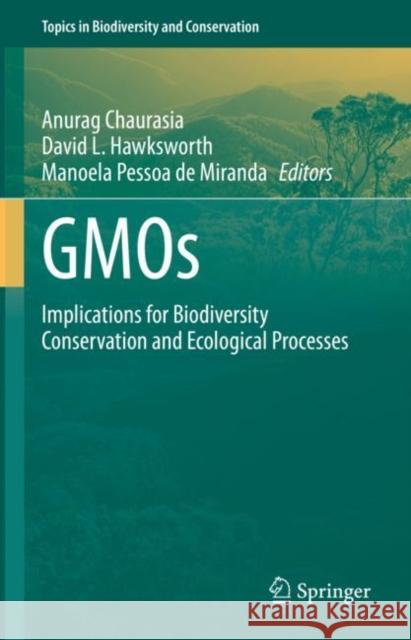Gmos: Implications for Biodiversity Conservation and Ecological Processes » książka
topmenu
Gmos: Implications for Biodiversity Conservation and Ecological Processes
ISBN-13: 9783030531829 / Angielski / Twarda / 2020 / 667 str.
Gmos: Implications for Biodiversity Conservation and Ecological Processes
ISBN-13: 9783030531829 / Angielski / Twarda / 2020 / 667 str.
cena 685,93 zł
(netto: 653,27 VAT: 5%)
Najniższa cena z 30 dni: 655,41 zł
(netto: 653,27 VAT: 5%)
Najniższa cena z 30 dni: 655,41 zł
Termin realizacji zamówienia:
ok. 22 dni roboczych
Bez gwarancji dostawy przed świętami
ok. 22 dni roboczych
Bez gwarancji dostawy przed świętami
Darmowa dostawa!
Kategorie:
Kategorie BISAC:
Wydawca:
Springer
Seria wydawnicza:
Język:
Angielski
ISBN-13:
9783030531829
Rok wydania:
2020
Wydanie:
2020
Numer serii:
000335010
Ilość stron:
667
Waga:
1.08 kg
Wymiary:
23.88 x 19.56 x 2.79
Oprawa:
Twarda
Wolumenów:
01











